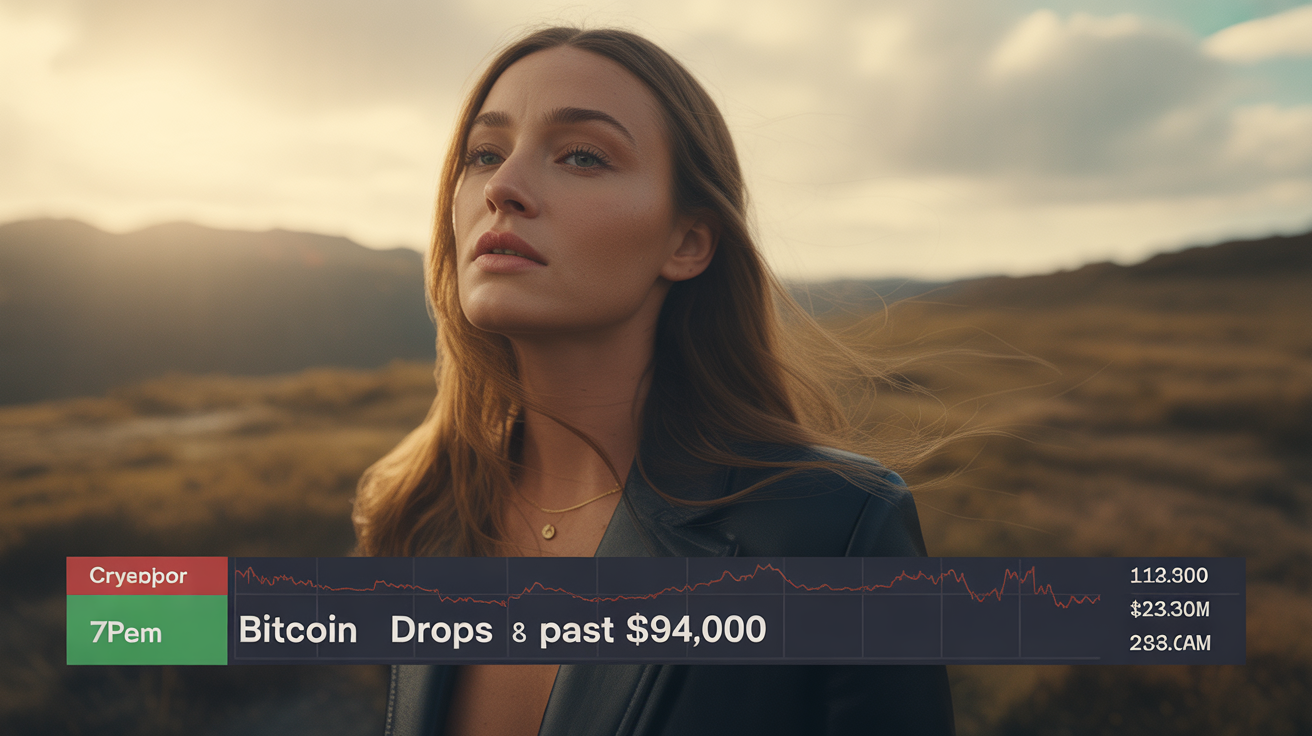
Bitcoin Miners Must Control Power—or Die Trying Before Next Halving, MARA CEO Warns
With rewards set to halve again, only miners with energy independence or diversified revenue streams are likely to survive, says Fred Thiel of MARA Holdings.
Bitcoin miners are heading into one of their toughest market cycles yet, according to Fred Thiel, CEO of MARA Holdings (MARA). Rising energy costs, expanding network competition, and thinning profit margins are forcing a reckoning that will determine which firms endure beyond the next halving.
“Bitcoin mining is a zero-sum game,” Thiel told CoinDesk. “As more people add capacity, it gets harder for everybody else. Margins compress, and the floor is your energy cost.”
Thiel described a maturing — and increasingly brutal — mining landscape, where only those who control cheap, stable power or pivot into new sectors like artificial intelligence (AI) and high-performance computing (HPC) will survive. Hardware manufacturers, he added, are now operating their own rigs as hardware sales slow, intensifying competition across the board.
“You’ve got equipment vendors running mining farms because customers aren’t buying as much gear,” Thiel said. “The global hashrate keeps growing, which means everyone else’s margins keep shrinking.”
The Halving Squeeze
The next bitcoin halving, expected in 2028, will slash block rewards to roughly 1.5 BTC — and could render many operations unprofitable unless transaction fees rise sharply or bitcoin’s price increases significantly.
“Bitcoin was designed with the idea that transaction fees would eventually replace the subsidy,” Thiel said. “But that hasn’t happened. If bitcoin doesn’t grow at 50% or more annually, the math gets very tough after 2028 — and even tougher in 2032.”
While occasional fee spikes — such as those caused by Ordinals and inscriptions — have boosted miner revenue temporarily, they’ve proven short-lived. Thiel noted that miners are watching for new developments, such as banks reserving block space for settlement priority, that could make fees a more stable revenue source.
Power, Scale, and Survival
In the meantime, smaller miners remain squeezed by larger, more vertically integrated players who control both their energy and infrastructure. Many leading operators are now building or acquiring power assets, or branching into AI compute businesses to offset volatility.
“Our strategy is to be in the lowest quartile in terms of production cost,” Thiel said. “Because in a tight market, 75% of the other guys have to shut down before we do.”
By 2028, Thiel expects the mining sector to consolidate around energy producers and industrial-scale operators. “You’ll either be a power generator, be owned by one, or be partnered with one,” he said. “The days of being a miner just plugged into the grid are numbered.”























